Grass awns, also known as foxtails, pose a serious threat to pets. These sharp, barbed seed structures from certain grasses can attach to a pet’s fur and burrow into their skin, leading to painful infections, abscesses, and even life-threatening internal damage.
At Sixes Animal Hospital at BridgeMill, we are committed to educating pet owners about the dangers of grass awns and providing expert veterinary care to treat and prevent injuries caused by them.
What Are Grass Awns?
Grass awns are seed parts of wild grasses, designed to burrow into the soil for germination. Unfortunately, their structure also allows them to lodge into pets’ fur, skin, and even internal tissues.
Where Are Grass Awns Common?
In Canton, Georgia, foxtails and other grass awns are most common in:
- Open fields
- Hiking trails
- Overgrown grassy areas
- Parks and backyards with untrimmed grass
When Are Grass Awns Most Dangerous?
They are most prevalent from late spring through the end of summer, drying out and becoming more mobile as temperatures rise.
Why Are Grass Awns Dangerous to Pets?
Grass awns are not just an irritation—they can cause severe medical issues. Their barbed ends make them difficult to remove, as they continually move forward through soft tissues rather than coming loose.
Common Health Complications from Grass Awns
External Issues
- Paws & Toes: Swelling, abscesses, and lameness from awns lodged between toes
- Ears: Shaking, scratching, and ear infections due to awns burrowing inside
- Eyes: Redness, excessive tearing, and ulcers from awns scratching the cornea
- Nose & Mouth: Sneezing, nasal discharge, and difficulty eating if inhaled or ingested
Internal Injuries
- Lungs: If inhaled, grass awns can migrate into the lungs, causing pneumonia or pneumothorax
- Abdomen: Awns swallowed or embedded in skin may travel internally, leading to life-threatening infections like peritonitis
If left untreated, migrating awns can cause chronic infections or organ damage, requiring surgery and emergency medical intervention.
Recognizing and Responding to Grass Awn Injuries
Signs Your Pet May Have a Grass Awn Injury
Watch for these warning signs in your pet:
- Limping or favoring a paw – Possible awn lodged between toes
- Excessive head shaking or ear scratching – Awn inside the ear canal
- Eye redness, swelling, or discharge – Awn embedded in the eye
- Frequent sneezing, nasal discharge, or coughing – Inhaled awn
- Sudden lethargy, fever, or swelling anywhere on the body – Awn migrating internally
If you notice any of these symptoms, seek veterinary care immediately.
Professional Veterinary Care for Grass Awn Injuries
At Sixes Animal Hospital at BridgeMill, we use advanced diagnostic tools to locate and safely remove grass awns.
How We Diagnose Grass Awn Injuries
- Physical Examination – Checking common entry points (ears, paws, eyes)
- Otoscopic Exam – If an awn is suspected in the ear
- X-rays & Ultrasound – Detecting awns inside soft tissues or organs
- Sedation or Surgery – Required for deep-seated awns
Early intervention is key. Delayed treatment may lead to chronic infections, abscesses, or more invasive surgical procedures.
Schedule an appointment with us today: Sixes Animal Hospital Services
Preventive Measures and Best Practices
How to Protect Your Pet from Grass Awns
- Avoid high-risk areas – Stay on trails and mowed areas when walking your pet
- Regular grooming and checks – Inspect paws, ears, and fur after every outdoor activity
- Protective gear – Consider using pet boots or vests for high-risk areas
- Yard maintenance – Keep grass trimmed and remove wild grasses in your backyard
At-Home Cleaning & Care
- Checking your pet for awns after walks can prevent serious problems.
- Ear care is crucial – Learn how to properly clean your pet’s ears with this guide:
How to Clean Your Dog’s Ears – Cornell University
Local Expertise: Sixes Animal Hospital at BridgeMill
Our veterinary team is experienced in treating grass awn injuries and providing preventive care.
Why Choose Us?
- Advanced diagnostics & surgical expertise
- Compassionate, expert care tailored to your pet’s needs
- Convenient location in Canton, Georgia
For concerns about grass awns, contact us today: Sixes Animal Hospital
FAQs About Grass Awns and Pet Safety
Can grass awns affect cats as severely as dogs?
While cats are less likely to be affected, outdoor cats are at risk, particularly in grassy environments. Regular inspections help reduce risk.
What should I do if I suspect my pet has a grass awn injury?
Seek immediate veterinary care. Attempting to remove deeply embedded awns at home can worsen the injury.
Are certain breeds more prone to grass awn injuries?
Yes. Long-haired, floppy-eared breeds like Spaniels, Retrievers, and Setters are at higher risk due to their fur and ear structure.
Stay Vigilant & Keep Your Pet Safe
Grass awns pose a serious risk, but early detection and prevention can save your pet from pain and complications.
Have concerns? Let Sixes Animal Hospital help.
Schedule an appointment today: Sixes Animal Hospital
Your pet’s health is our priority.


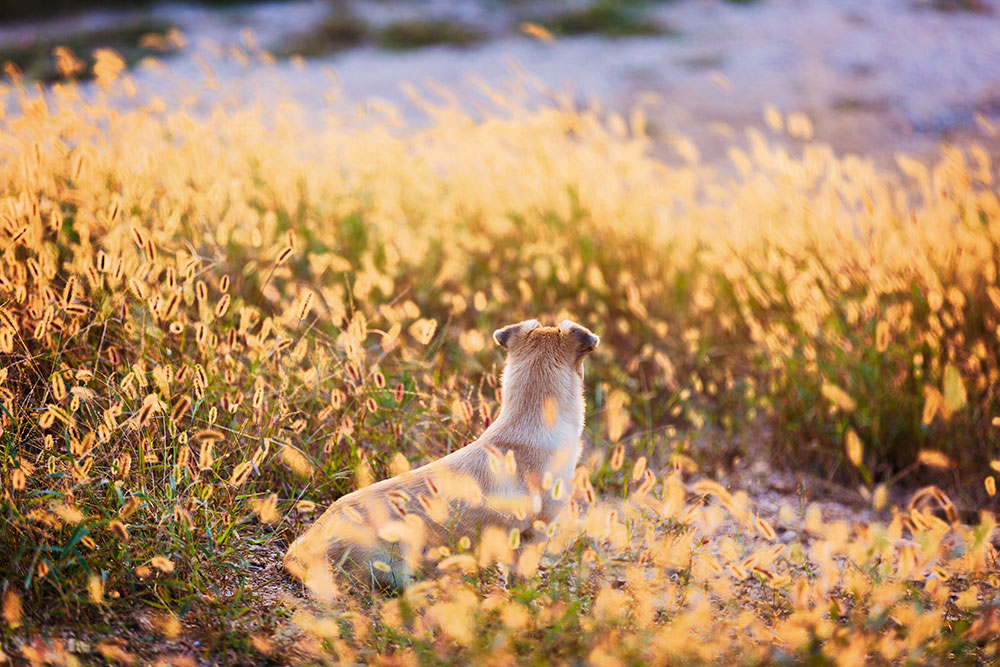
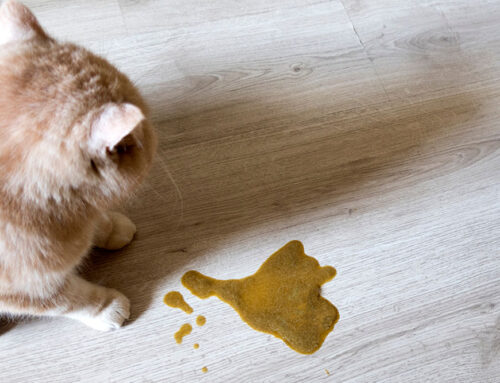
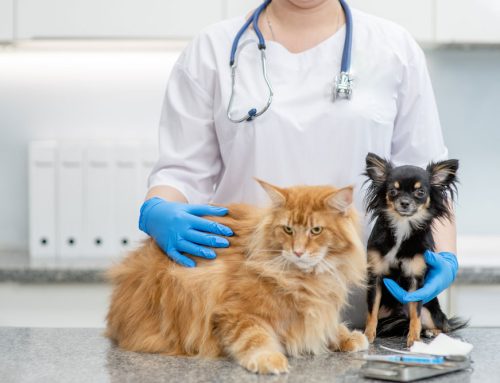
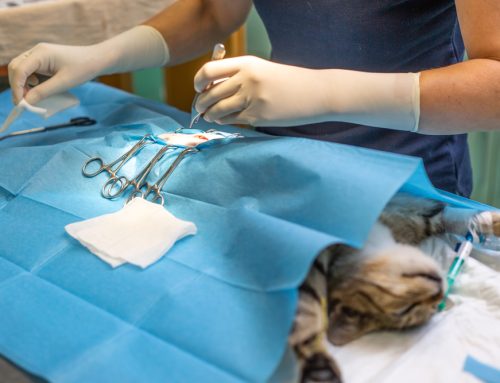
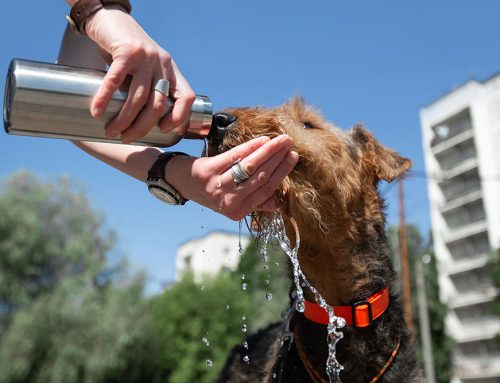
Leave A Comment